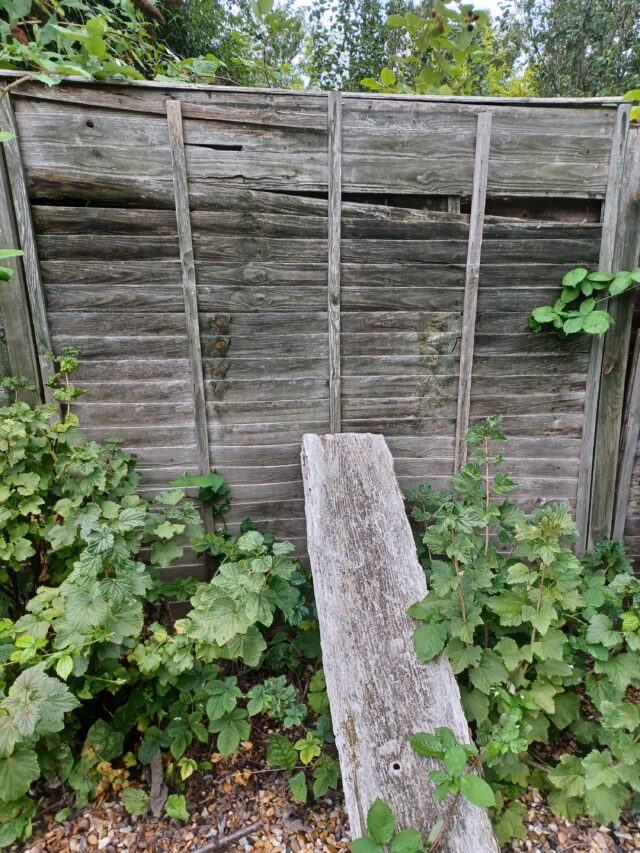Fencing can be a dangerous business. If you are planning to repair fences this summer, remember it could cause you severe injury – or even your life – if you strike an electricity cable.
In the last 18 months there have been more than 35 fencing incidents reported across the UK Power Networks area, which could have had severe consequences.
UK Power Networks, which runs the power cables across the East, South East and London, is encouraging customers and contractors not to dig blind, but plan ahead and check out *LinesearchbeforeUdig (LSBUD). This is a free online search, and you can take advantage of reliable tools to help you avoid striking an electricity cable.
The electricity distributor’s’ ‘Be Bright Stay Safe’ campaign encourages people to plan their project properly with safety as the number one priority, using more than just tools and timber.
Ros Forbes, a safety advisor at UK Power Networks, said: “Summertime is when people often think about renewing their fencing ready for the stronger autumn and winter winds. Every year, people are killed or seriously injured when they come into contact with high voltage electricity and this message is just as important to contractors installing fences as it is for people working in their gardens.”
There may be several utility services lying below the ground and cable depths vary due to topographical changes. Fencing spikes can go down to a depth of 18inches so people need to think about their safety BEFORE breaking ground.
Before installing wooden stakes or panels around your garden boundary, make sure that you have used cable avoidance tools as well as cable plans from UK Power Networks.
Using hand tools such as shovels and pick axes still come with risk, they can strike a cable and cause an electrical flashover, resulting in a major injury. It doesn’t matter if wood panels or posts are being used, even if they are concrete, a flashover from an underground cable can cause injuries.
Here are UK Power Networks’ top tips:
Plan ahead
Find and read the relevant cable plans before you dig – *LinesearchbeforeUdig (LSBUD) is a free online search
Use cable location devices
Never assume the depth of the cable as cable depths and positions can change over time
National power cut and emergency helpline number is 105.




